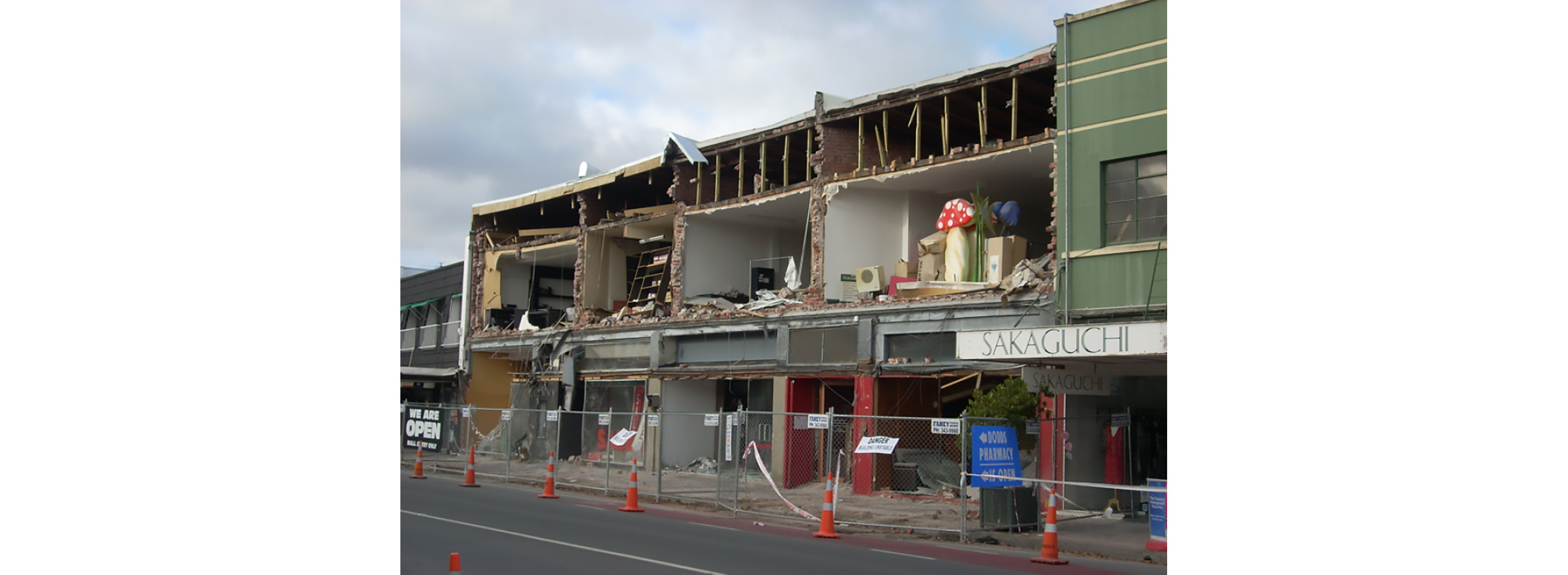Linking Building Damage to Organizational Disruption
This project is utilizing data from the 2010-2011 Canterbury earthquake sequence in New Zealand and the 1994 Northridge earthquake to better understand the relationship between physical building damage and organizational disruption. Organizations are impacted in a number of ways by natural disasters. Physical damage to their buildings or assets may cause them to close, relocate, or experience decreased productivity. Damage to physical infrastructure can cause similar impacts. Finally, indirect effects such as disruptions to labor supply (staff), customers, and suppliers often impact organizations.
From an engineering perspective, there is a desire to design new buildings that reduce tenants’ downtime, and to assess downtime risk in existing buildings. Performance-Based Engineering methodologies aim to predict financial losses and downtime to buildings subjected to earthquakes, and are widely documented and increasingly used in practice. However, while the financial loss predictions have been somewhat benchmarked against real-world experience, the downtime predictions have not. Furthermore, current prediction formulas for downtime are missing a number of important factors related to organizational decisions and capabilities.
In this project, FEMA P-58 and REDi seismic performance assessment procedures are being used to perform loss and downtime evaluations for buildings damaged in the aforementioned events. Assessment results are then being compared against post-earthquake surveys of damage and organizational disruption.
Contributors
Jack Baker
